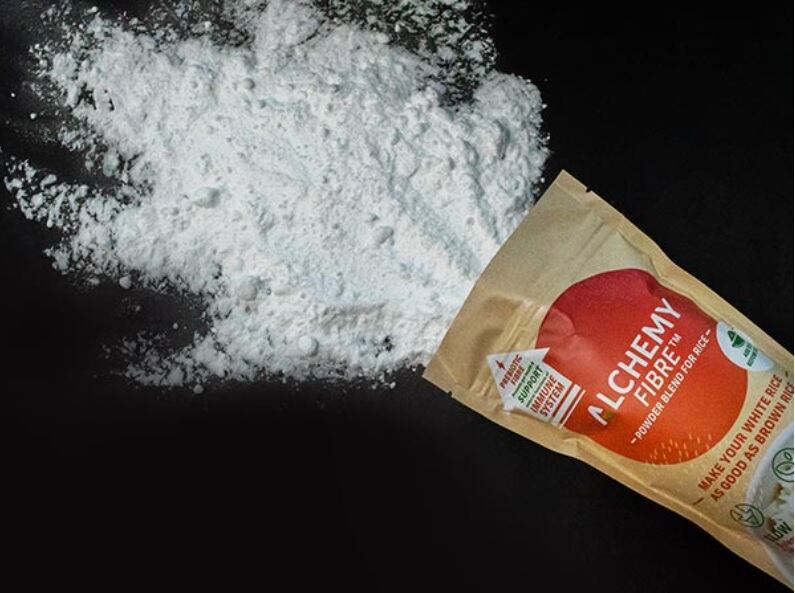As Kristina Cole, Danone’s president of sales and chief customer and commercial officer, explains in this episode of FoodNavigator-USA’s Investing in the Future of Food, the play includes improving online search to drive discovery and purchase, launching a direct-to-consumer website for So Delicious that can be leveraged for research and innovation, and enhancing storytelling beyond what is possible on pack or a retail shelf.
“There has been a massive shift in how consumers are shopping and their adoption of digital commerce is significant,” with online grocery expected to capture 12% share of total e-commerce sales by 2022 and more than half of Americans buying groceries online, Cole told FoodNavigator-USA.
“Because of that, e-commerce is clearly a priority platform and channel for Danone in America,” she added.
Digital offers expanded storytelling capabilities
She explained that Danone is taking a multi-prong approach to digital commerce that considers how the internet influences purchases across channels.
The first prong is improved storytelling online – a pivotal component given the difficulty of marketing to consumers in stores during the pandemic with sampling paused and many shoppers relying on lists rather than browsing the aisle.
“Ninety-five percent of purchases or decisions on purchases are made before the consumer gets to a traditional outlet – so a brick and mortar shelf. And I say that because consumers are researching and they are gathering information on their purchase decisions and that is coming via online,” Cole explained.
“So, as we think about the role that digital commerce plays, this point around education, storytelling and informing the consumer in different ways about our portfolio of products is so valuable.”
She also noted that online gives marketers more space and flexibility to tell stories than a three-inch package of yogurt does. Not only can brands talk about product attributes, but they can showcase their mission and illustrate the eating experience visually in a way that can’t be done at shelf currently, she said.
Maximizing search
But for brands to effectively tell their stories online, consumers must first find them online – which is why Cole says Danone is reallocating investment in digital search from other traditional marketing platforms.
“The important element in digital commerce is to make sure that you get on the shopping list and … drive awareness,” and to do that “search is a critical strategy,” she said.
For example, she noted that during the pandemic, 80% of Baby Boomers shopped online for the first time, and they didn’t search by brand to build their cart – rather by category, product, and format.
As such, companies want to make sure when a consumer types in the type of product – such as ‘yogurt’ – in a search, their branded offering comes up first, she said.
Brands also can leverage personalized coupons and digital offers that can either be used immediately or redeemed in store to get in consumers’ virtual shopping carts for the first time – and once there they are more likely to be bought again as many consumers shop from past purchases, she explained.
Testing innovation through direct-to-consumer
While driving incremental sales is important, it isn’t the only added value digital commerce can offer. According to Cole, one reason why Danone launched its direct-to-consumer online scoop shop for its So Delicious dairy free desserts earlier this month was to engage with consumers and gather feedback through reviews for new product development.
For many established brands, direct-to-consumer sales likely will be a small part of the business and potentially a loss leader, but the format allows for immediate consumer engagement and feedback, Cole said.
“You are able to ask questions, gain feedback in an expedited way on a potentially new item, your existing portfolio or the brand. So, it helps us from a research and innovation standpoint,” Cole said.
But, she added, Danone’s go-to-market strategy still relies mostly on its existing customer base across all channels.
Ultimately, as Danone’s multi-prong marketing strategy shows, omnichannel is the future of food and beverage retail and Cole says she is confident that digital commerce will play an increasingly important role as consumer adoption of online shopping continues to accelerate.



